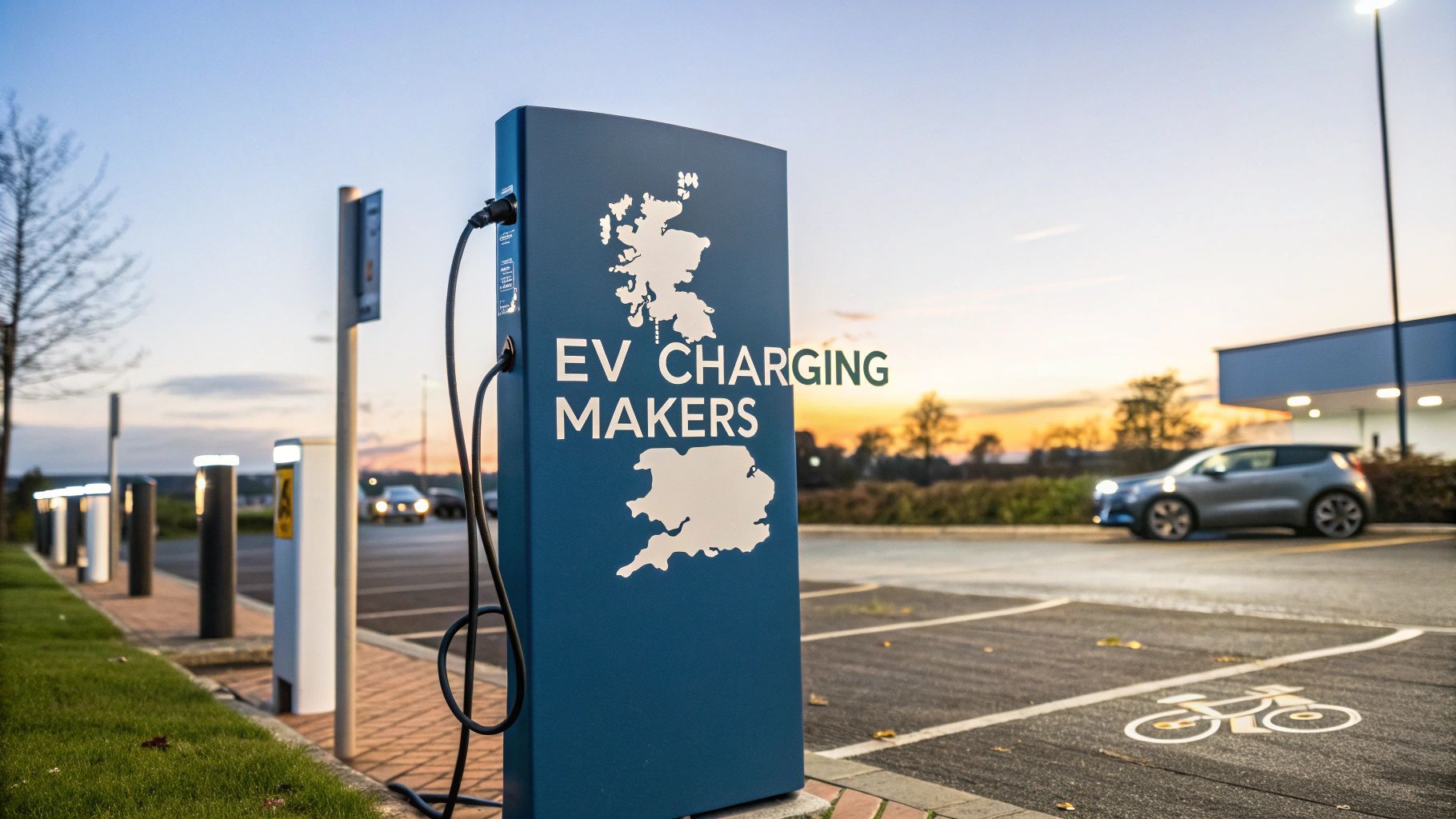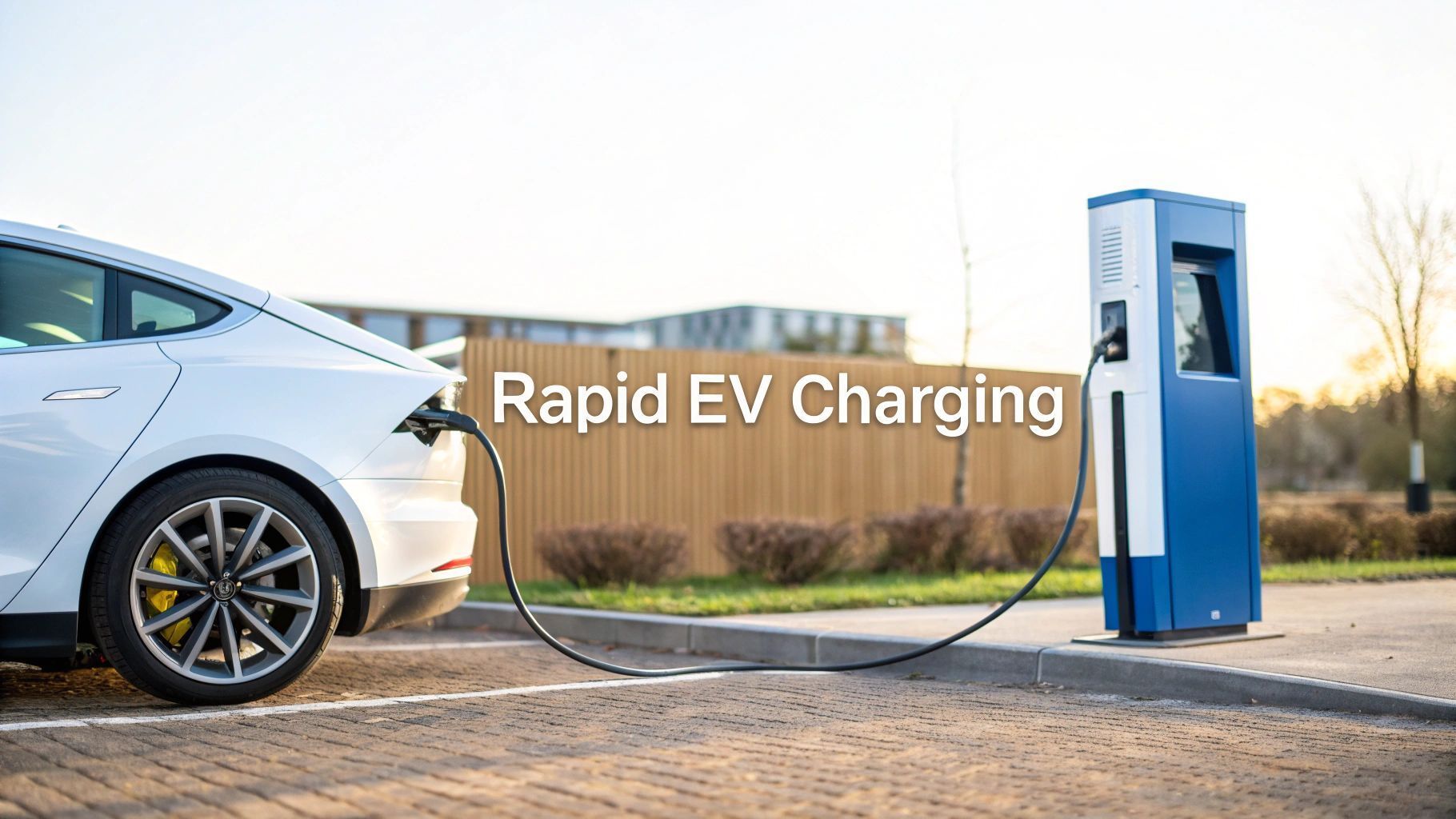Portable Power, Permanent Impact: The Rise of ZPN’s Mobile Charging Units
How flexible EV charging solutions are reshaping the future of transport and energy access

Mobile Charging Units: A Shift in How We Power EVs
As electric vehicles become more common, the demand for versatile charging solutions is growing rapidly. While fixed charging stations play a vital role in supporting daily use, they are not always practical for every location or scenario.
This is where mobile EV charging units come into their own. Designed to deliver portable power wherever it is needed, these systems are helping to close the infrastructure gap and support wider adoption of electric transport. ZPN’s innovative approach to mobile charging technology is leading the way in this space.
The Case for Portable EV Charging
Not every vehicle has access to a fixed charger at home or work. Many drivers rely on public infrastructure, which is often limited in rural areas, event venues and off grid locations. In these cases, mobile charging can offer an immediate and cost-effective solution.
Common use cases for mobile EV chargers include:
- Emergency roadside charging
- Fleet support in remote depots
- Temporary installations at events or festivals
- Construction sites and off grid operations
- Urban locations where permanent infrastructure is not feasible
By removing the need for fixed installations, portable chargers offer flexibility and rapid deployment. They are also ideal for trials, pilot schemes and seasonal demand where long-term infrastructure may not be justified.
How ZPN’s Mobile Charging Units Stand Out
ZPN’s mobile EV charging units are engineered for reliability, performance and adaptability. Designed to meet a range of commercial and public sector needs, these systems combine robust power delivery with smart energy management.
Key features of ZPN’s portable charging solutions include:
- High capacity battery storage for multiple charges
- Fast charge capability compatible with most electric vehicles
- Onboard monitoring systems for efficient energy use
- Grid free operation supported by renewable energy options
- Modular design for ease of transport and installation
These features make ZPN’s units suitable for emergency response, mobile fleets and temporary charging sites. In addition, they support wider goals around decarbonisation by reducing reliance on diesel generators and conventional power sources.
Power Where It Is Needed Most
In a future where electric transport is standard, flexibility will be key. Not all charging demand fits neatly into urban plans or car park layouts.
ZPN’s mobile chargers provide a vital link for:
- Remote communities with limited grid access
- Pop-up events and outdoor gatherings
- Emergency services needing rapid deployment
- Local authorities trialling EV schemes
- Businesses with seasonal or shifting fleet activity
By offering scalable and flexible solutions, these units help ensure no location is left behind in the transition to electric mobility.
Sizing Mobile Charging for Real-World Use
Choosing the right mobile charging unit depends on several factors. Understanding your energy requirements, vehicle type and daily usage patterns is essential.
Key considerations include:
- Battery size of the vehicle (measured in kilowatt hours)
- Desired charge time (slower or rapid charge)
- Number of vehicles to be charged daily
- Availability of grid access or renewable input
- Frequency of use and deployment conditions
ZPN’s mobile units are available in various capacities to meet different demands, from single-vehicle charging to multi-point fleet support.
Reducing Grid Pressure and Supporting Energy Resilience
An added benefit of mobile EV charging units is their role in reducing pressure on local energy grids. With built-in storage and smart management, these systems can operate independently from traditional infrastructure.
This supports more resilient energy networks, especially during peak times or grid outages. In combination with solar or wind generation, mobile units can become fully off-grid, offering clean and uninterrupted power wherever it is needed.
A Long Term Solution with Immediate Impact
Mobile EV charging is not simply a short term fix. As cities evolve and the transport sector shifts towards full electrification, the need for agile and adaptive infrastructure will only grow.
ZPN’s mobile charging units deliver a permanent impact by making electric transport more accessible, reliable and sustainable. They fill in the gaps where traditional infrastructure cannot reach and offer peace of mind in a changing energy landscape.
Conclusion
The rise of mobile EV charging reflects a deeper need for flexible, responsive infrastructure. Whether for fleet managers, emergency responders or everyday drivers, portable power offers practical benefits with long-lasting value.
Through its mobile charging technology, ZPN is setting a new standard for accessibility, efficiency and sustainability in electric vehicle infrastructure.








